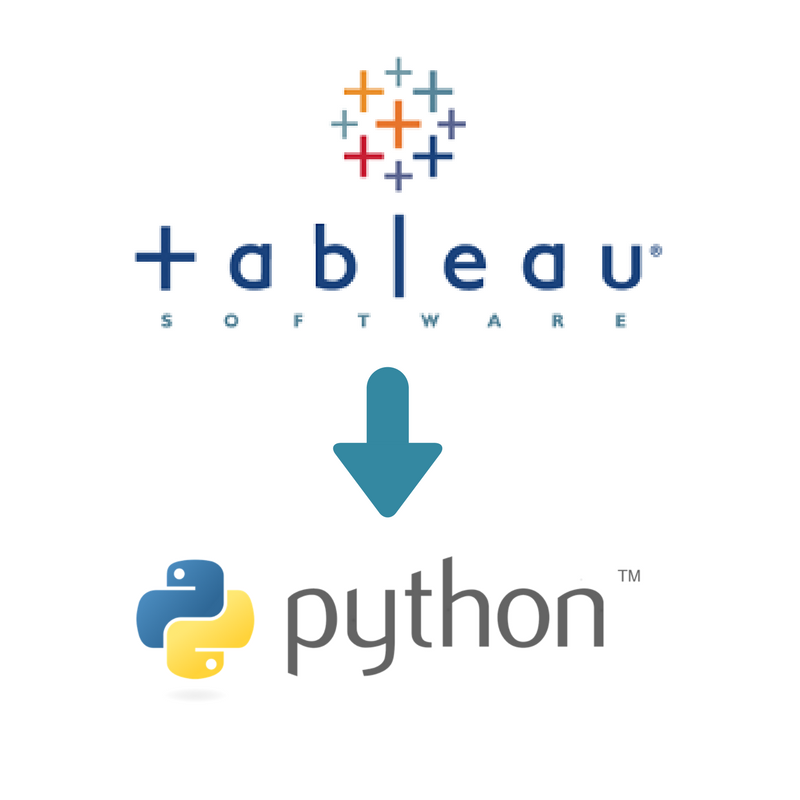Duration
21 hours (usually 3 days including breaks)
Requirements
- Experience with Matlab
- No previous experience with data science is required
Overview
Predictive analytics is the process of using data analytics to make predictions about the future. This process uses data along with data mining, statistics, and machine learning techniques to create a predictive model for forecasting future events.
In this instructor-led, live training, participants will learn how to use Matlab to build predictive models and apply them to large sample data sets to predict future events based on the data.
By the end of this training, participants will be able to:
- Create predictive models to analyze patterns in historical and transactional data
- Use predictive modeling to identify risks and opportunities
- Build mathematical models that capture important trends
- Use data from devices and business systems to reduce waste, save time, or cut costs
Audience
- Developers
- Engineers
- Domain experts
Format of the course
- Part lecture, part discussion, exercises and heavy hands-on practice
Course Outline
Introduction
- Predictive analytics in finance, healthcare, pharmaceuticals, automotive, aerospace, and manufacturing
Overview of Big Data concepts
Capturing data from disparate sources
What are data-driven predictive models?
Overview of statistical and machine learning techniques
Case study: predictive maintenance and resource planning
Applying algorithms to large data sets with Hadoop and Spark
Predictive Analytics Workflow
Accessing and exploring data
Preprocessing the data
Developing a predictive model
Training, testing and validating a data set
Applying different machine learning approaches (time-series regression, linear regression, etc.)
Integrating the model into existing web applications, mobile devices, embedded systems, etc.
Matlab and Simulink integration with embedded systems and enterprise IT workflows
Creating portable C and C++ code from MATLAB code
Deploying predictive applications to large-scale production systems, clusters, and clouds
Acting on the results of your analysis
Next steps: Automatically responding to findings using Prescriptive Analytics
Closing remarks







